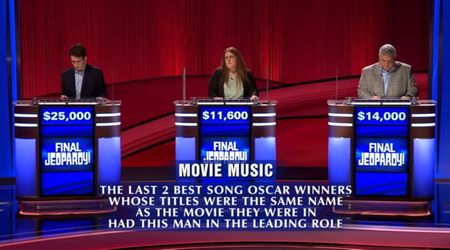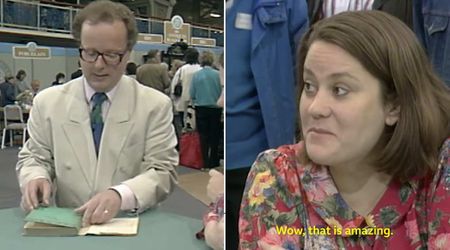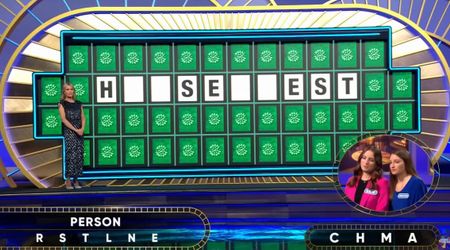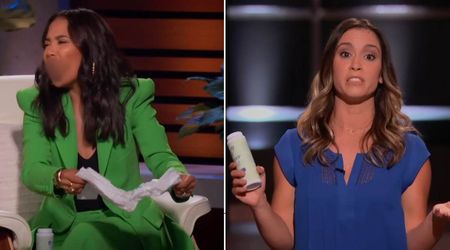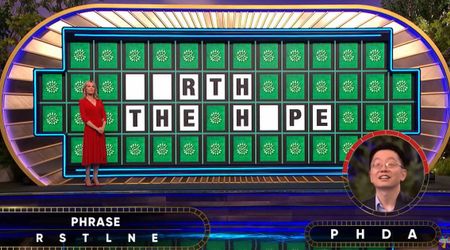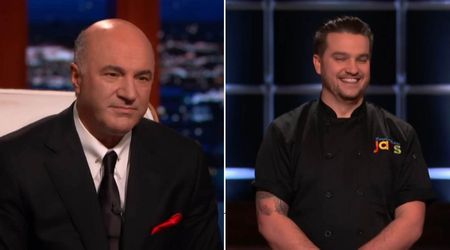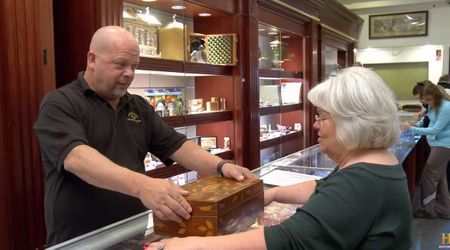Explaining Food Fraud and How Technology Is Helping Combat It

The threat of food fraud is continually on the rise posing a risk to the health of consumers worldwide. The rise of the trend is driving the development of new and more powerful approaches to combat food fraud. New technologies are emerging every day to verify and check the authenticity of food products. Here’s all you need to know about food fraud and the techniques being used to combat it.
What is Food Fraud?
Food fraud is defined as any intentional action taken by fraudsters to deceive customers about the quality and content of food products for financial gain. The sale and distribution of fake food products has become a highly lucrative activity. It is difficult to measure the harm caused by food fraud as it is designed to avoid detection. However, as per the FDA, experts suggest that the scale of the illegal industry could be about $40 billion a year.
It’s Official! FDA’s new web page designated to Food Fraud https://t.co/0d4sSTum9A #fda #foodsafety #foodfraud #food pic.twitter.com/0iqVfPCSe3
— Susanne Kuehne Positive Art (@CavalloLoco22) November 8, 2021
Types of Food Fraud
There are several ways in which food fraud is carried out. One of the most common is dilution where a value liquid ingredient is mixed with a lower value liquid. Other forms include mislabeling or providing false information on the packaging or the label, unapproved enhancement which involves the addition of unknown materials to a product, and concealment where poor-quality food ingredients are intentionally hidden.
Most Common Items Affected by Food Fraud
Currently, the most common food items that are associated with food fraud are dairy, seafood, spices, meat, honey, olive oil, wine, and other alcoholic beverages. Further, food fraud is also associated with certifications, such as ‘organic’, and other claims which add value to the product.

How Does Food Fraud Harm People?
Food fraud can cause significant harm to our health as toxic additives may be added, or essential nutrients may be removed. The risk of foodborne illnesses or an allergic reaction due to food intolerances rises with such malpractices.
How is Tech Helping Combat Food Fraud?
To test the authenticity, quality, and claims on the packaging of products, several analytical tools are being used. For example, specific tools can analyze fat content, in milk and even detect adulterants. Furthermore, testing for new properties in food for greater evaluation is also enabled by the use of advanced technology.
Types of Technology
Nuclear magnetic resonance (NMR) spectroscopy
Nuclear magnetic resonance (NMR) spectroscopy uses a broad dynamic range to detect the types of ingredients and the constitution of food products based on the evaluation of the nature of molecules present.
As per a Technology Networks report, it can identify 100-200 compounds within a sample and produce a readout on hundreds or thousands of compounds. NMR is specifically useful to determine sugars in honey and evaluate the authenticity of olive oil and several other liquids.
Nuclear magnetic resonance (NMR) spectroscopy is one of the most powerful and versatile analytical techniques that can be applied to liquid and/or solid materials and has become increasingly popular in the field of food science for the analysis of several foods. pic.twitter.com/eVpThGN8SO
— Pedro Rivero (@foodscinotes) September 13, 2022
DNA-based detection
DNA-based methods can also help identify the mislabeling of foods, predominantly seafood, meats, pet food, and dietary supplements. These methods involve testing for a certain species that is claimed to be present in the food. It can also help in detecting unwanted or undeclared materials in food products. However, there are some issues with the use of DNA-based detection methods as they may not provide the desired results every time.
Infrared spectroscopy
Infrared Spectroscopy (IR) spectroscopy studies the interaction of IR light with matter, to detect the nature of elements present in a food product. In this, food samples are placed in the pathway of an infrared beam and the absorption of different infrared frequencies is measured. The absorption levels then indicate the composition of the food product.
This is one of the most viable ways to combat food fraud as its tools are nondestructive, which means the food item can be evaluated without destroying the sample, and its tools are convenient and can be developed rapidly at a relatively low cost.
Read #NeoSpectra's new blog post, "How Near-Infrared Spectroscopy Technology can Combat the Deadly Food-fraud Crisis in the #COVID-19 Era." https://t.co/YE42kHlnZj pic.twitter.com/jBzxS8ut19
— NeoSpectra by Si-Ware (@SiWareSystems) November 17, 2020



